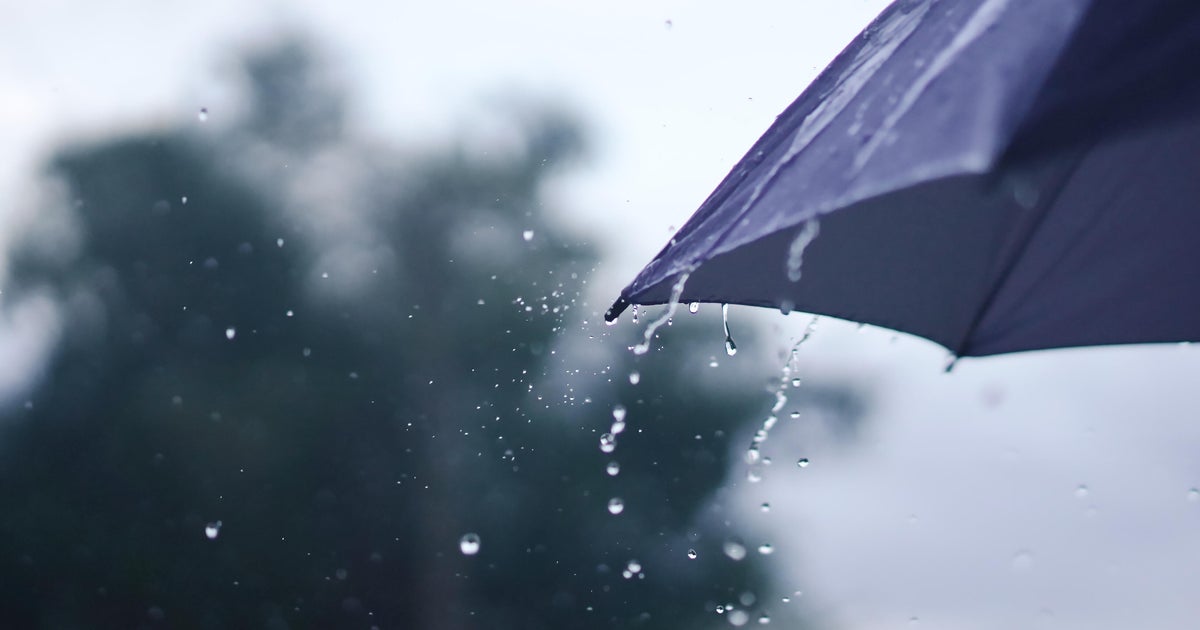Toxic Algae Bloom In Florida Is Killing Marine Life; Causing Breathing Issues In Humans
Tallahassee, Fla. (WJZ/CNN) -- A toxic red tide has been plaguing Florida's gulf coast for nine months, and shows no signs of giving up.
At least 300 endangered sea turtles have died, along with sea birds, a shark, multiple manatees and tens of thousands of fish.
Respiratory irritation has been reported by people in six counties along Florida's southwestern coast, said the Florida Fish and Wildlife Conservation Commission.
According to Dr. Heather Barren with the Sanibel Wildlife Hospital, "you just can't describe what it's like to go out to the beach to do a rescue and just be surrounded by all these critically endangered animals."
Algae that create red tides usually stay off shore, but persistent winds pushed it towards 150 miles of beaches.
Run-off carrying nutrients like fertilizer from inland waters continues to feed the algae bloom, which also effects human health.
Florida and Texas deal with red tides each year, but this one's effects are unprecedented. It's been more than a decade since the Gulf of Mexico has had bloom that lasted this long, said Florida Department of Environmental Protection officials.
About 100 miles of shoreline are affected by the red tide so far, and officials don't know much about when it's going to end.
"It's hard to predict more than a few days out," said Michelle Kerr, a spokeswoman for the Florida Fish and Wildlife Conservation Commission.
According to one woman who is not identified "it irritates my nose, my throat, everything. It's just a real nasty smell."
The phenomenon is clogging inlets and canals.
On some beaches, it's impossible to walk without tiptoeing around the carcasses of marine life. Conditions are so bad that the governor called an emergency order.
The red tide is also taking a toll on Florida's tourism industry.
"It really stinks," said one charter boat captain. "Imagine you just paid $5,000 to come here on vacation and you tell your wife and three year old daughter to go on the beach and breathe this in. You can't do that. It's bad."
What a red tide does
A red tide, also known as a harmful algae bloom, is a fast-growing colony of microscopic algae that often turns the water red. The group of sea and freshwater plants produce toxins that can hurt -- and sometimes kill -- marine life, birds and people.
Red tides can also release toxins into the air that sometimes cause respiratory issues, eye irritation or asthma, the National Oceanic and Atmospheric Administration says.
Most algal blooms aren't harmful. In fact, they're actually helpful as a major energy source in the ocean's food web.
Red tides have been reported in all US coastal states, and it's possible they'll start happening more often, NOAA says.
Because of their unpredictability, scientists are trying to figure out how to find and forecast where the blooms will form so people have time to prepare for a red tide and its effects.
How this compares to other red tides
Red tides are measured in several ways: how long they last, the water's algae concentration and effects on wildlife are just a few, Kerr said.
This harmful bloom has killed more and lasted longer than many have in the past. It's the longest one on record since 2006, Kerr said, the year after Hurricane Katrina rocked Florida.
It's possible that Hurricane Irma had something to do with the latest red tide. When the hurricane hit the area in September, its heavy winds took nutrients and dropped them in coastal waters. Those nutrients are huge helpers in getting algae to grow, NASA says.
The-CNN-Wire™ & © 2018 Cable News Network, Inc., a Time Warner Company. All rights reserved.
Follow @WJZ on Twitter and like WJZ-TV | CBS Baltimore on Facebook







